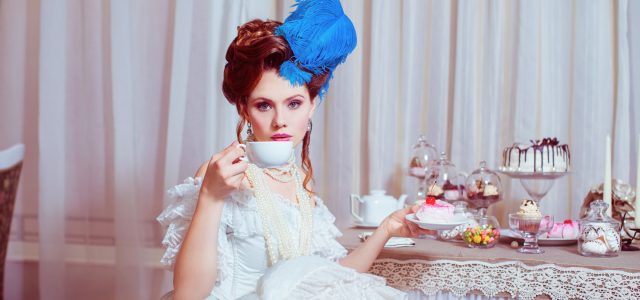
TIME FOR TEA…
The custom of afternoon tea originated among the wealthy classes in England in the 1840s. We take a look at how the tradition has evolved and how to make the perfect cuppa
By the end of the 19th century, afternoon tea was observed by both the upper and middle classes.
This English custom was very much a by-product of social economy. During the Industrial Revolution the main meal of the day changed from noon to evening, and the opportunity for late afternoon snack presented itself. For the English, afternoon tea was the perfect answer.
Traditionally, the upper classes served a ‘low’ or afternoon tea at around 4pm while the middle and lower classes had a ‘high’ tea later in the day, at 5pm or 6pm. The names of low tea and high tea is derived from the height of the tables on which the meals were served. Low tea was served on low tables – what we could call coffee tables, while high tea was served at the dinner table.
Victorian-era teas assumed many forms, ranging from informal gatherings to elaborate ornate events attended by hundreds. This versatile meal played a unique role in British life and was enjoyed throughout the Empire.
In Mrs Beeton’s Book of Household Management, Isabella Beeton, whose books were widely read in the 19th century, writes: “The afternoon tea signifies little more than tea and bread-and-butter, and a few elegant trifles in the way of cake and fruit. The meal is simply to enable a few friends to meet and talk comfortably and quietly.”

